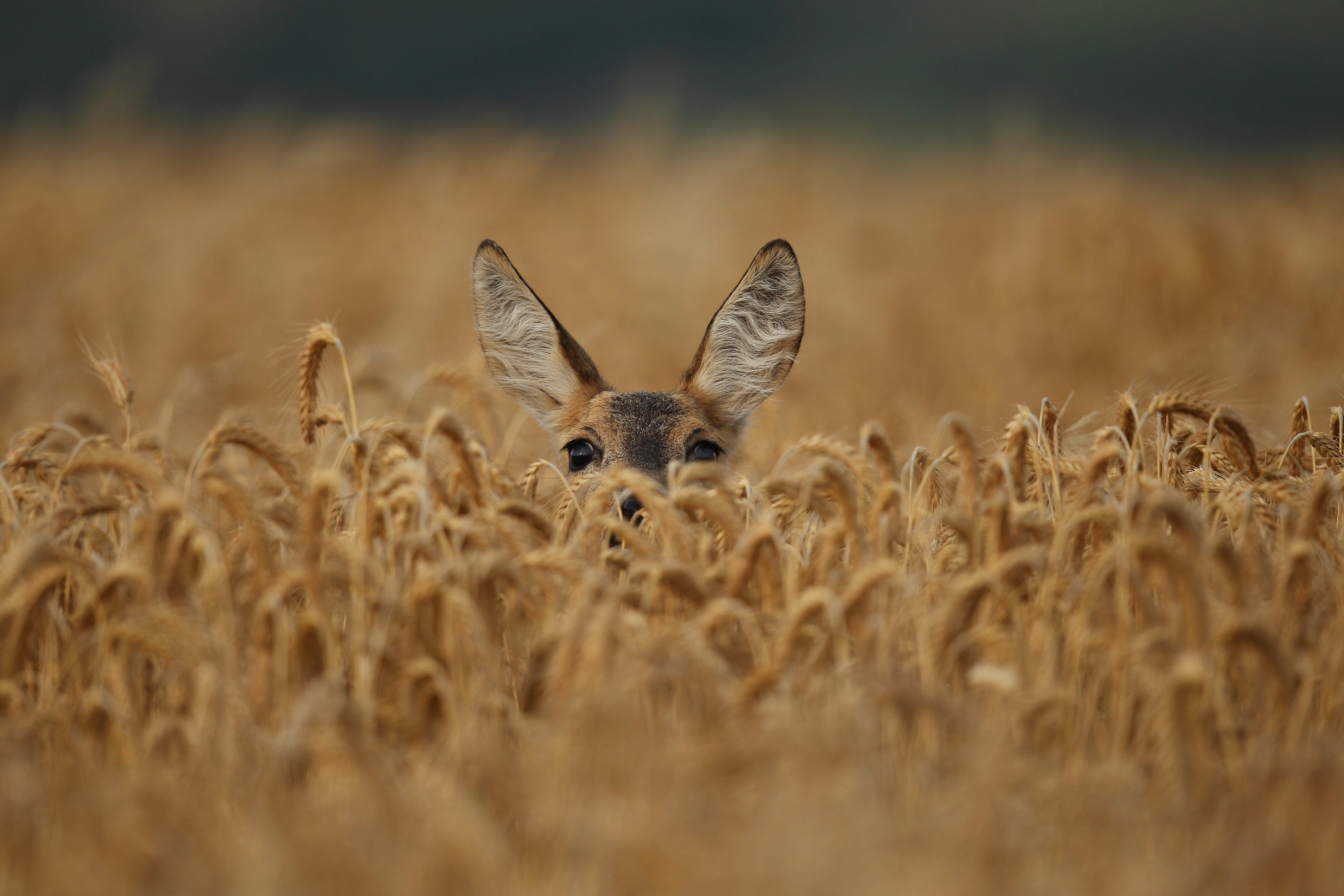
There may be millions of species out there, but when it comes to the one that has been the most destructive, human beings are clearly at the top of the chain.
New research shows that, despite the world’s 7.6 billion people representing just 0.01 per cent of all living things, we’ve now managed to destroy a whopping 83 per cent of all the wild mammals on the planet. And that’s in addition to half of the plants, 80 per cent of marine mammals, and 15 per cent of fish.
Talk about disparity.
The research, which is surprisingly the first of its kind, breaks down all living life forms and the weight they hold. To come up with these numbers, researchers used data from hundreds of existing studies that have used updated techniques like satellite sensing and gene sequencing. They then assessed the biomass of each class of organism and which environments they could live in to create the total. Although the resulting numbers are more of an overview given certain estimates that had to be made, they paint a somewhat surprising picture.
In general, what researchers found was that plants were the most populous, making up 82 per cent of all living things, while bacteria added another 13 per cent to that total. That left five per cent of all other creatures, including fungi, fish and animals, to make up the world’s remaining biomass. Meanwhile, only one per cent of that biomass is estimated to be located in the ocean, 86 per cent is located on land, and 13 per cent is the aforementioned deep sub-surface bacteria.
“I was shocked to find there wasn’t already a comprehensive, holistic estimate of all the different components of biomass,” study lead Ron Milo, of the Weizmann Institute of Science in Israel, said. “I would hope this gives people a perspective on the very dominant role that humanity now plays on Earth.”
The professor also noted that when it comes to his eating habits he’s making a small change and consuming less meat given livestocks’ overall impact on those numbers. Another revelation from the study was that 60 per cent of all mammals left on Earth are livestock—mostly cattle and pigs—meant to fuel our insatiable appetite for meat. That makes sense, given that the WWF estimates roughly half of Earth’s animals have been destroyed over the last 40 years thanks to wild habitat being turned over for farming, logging, and development.
As for white meat? It’s estimated that 70 per cent of all birds left on the planet are farmed poultry while only 30 per cent are actual wild animals.
“It is pretty staggering. In wildlife films we see flocks of birds, of every kind, in vast amounts, and then when we did the analysis we found there are more domesticated birds,” Milo added.
“It is definitely striking, our disproportionate place on Earth. When I do a puzzle with my daughters, there is usually an elephant, next to a giraffe, next to a rhino. But if I was trying to give them a more realistic sense of the world, it would be a cow, next to a cow, next to a cow, and then a chicken… our dietary choices have a vast effect on the habitats of animals, plants, and other organisms.”
